The German Boxer is a playful, watchful family dog with a big heart and lots of humor. He loves closeness, enjoys learning, and needs clear rules, regular exercise, and gentle consistency. This guide summarizes everything important about his origin, nature, training, care, health, and daily life, ensuring the Boxer lives a relaxed life as a loyal companion.
Table of Contents
- Origin & History: From Bullenbeisser to Family Dog
- Appearance & Characteristics (Brachycephalic & Heat)
- Character & Temperament: Friendly, Clownish & Courageous
- Family Life & Coexistence
- Training & Obedience: Consistency & Positive Reinforcement
- Health & Typical Issues (Heart & Joints)
- Grooming & Daily Care: Coat and Skin
- Nutrition & Weight Management
- Exercise & Activity
- Apartment Living, City & Climate
- Puppies & the First Months
- Acquisition, Costs & Responsibility
- Who is the Boxer Suitable For?
- FAQ
- German Boxer Breed Snapshot
Origin & History: From Bullenbeisser to Family Dog
The Boxer originated in Germany (Munich) at the end of the 19th century from Bullenbeissers (Bull-Baiters) and Mastiffs (Molossers). The goal was to create a strong-nerved, manageable working dog for home, farm, and later for service and sport. It was intended to combine the tenacity of old breeds with the trainability of a modern working dog. To this day, the Boxer is considered a reliable guardian with a deep, often deeply emotional bond with its humans. It is popular worldwide as a loyal companion.

Appearance & Characteristics (Brachycephalic & Heat)
The Boxer is medium-sized, square-built, athletic, and muscular. The head is distinct, the muzzle is shortened (Brachycephalic), and the nose is broad and black. The coat is short, dense, and feels smooth. Typical colors are Fawn (Gelb) in various shades, as well as Brindle (Gestromt), each with a black mask and allowed white markings.
Special Features: The tail and ears are naturally left uncropped today. Due to the head shape, Heat Management is of the utmost importance. Breeding efforts focus on ensuring free breathing and avoiding excessively short muzzles.
Character & Temperament: Friendly, Clownish & Courageous
Boxers are friendly, playful (often into old age), and deeply people-oriented. Their temperament can be divided into three key areas:
- Within the Family: They seek closeness, are affectionate, and are considered resilient and good with children. They are lively but calm indoors when properly exercised.
- Strangers: They are observant and watchful without reacting unnecessarily. They assess the situation and wait for a signal from their owner.
- Work & Play: They are courageous, have a healthy play drive, and enjoy working with their humans. Their clownish nature always provides humor in everyday life.
Family Life & Coexistence
Daily life is best managed with clear rules, designated resting spots, and predictable routines. The Boxer needs contact, tasks, and especially genuine rest periods. With respectful children who learn to read body language, the Boxer is a cheerful, patient partner. It is important that all family members use the same signals and house rules so that communication remains unambiguous.

Training & Obedience: Consistency & Positive Reinforcement
Boxers are intelligent and learn quickly but benefit from structured, reward-based training. Short, motivating sessions with clear criteria keep the joy of cooperation high. Harshness or force is counterproductive.
- Basic Commands ensure safety in daily life.
- A stable Recall provides freedom in appropriate locations.
- Pleasant Leash Manners prevent pulling and frustration, which is crucial due to their strength.
- Early Impulse Control helps regulate their natural excitement.
Health & Typical Issues (Heart & Joints)
The Boxer is fundamentally robust, but the breed is predisposed to certain health conditions. Check the breeder's documentation for health, performance, and free breathing. The following points should be monitored:
- Heart Issues: Aortic Stenosis (SAS) or Cardiomyopathies (DCM). Regular cardiology vet check-ups are essential.
- Joints: Hip and Elbow Dysplasia (HD/ED). Ensure joint-friendly growth and keep the dog lean.
- Respiration and Heat Tolerance: Due to the short muzzle, adjust training to temperatures, avoid overheating (see FAQ).
- Oncology: Boxers are more susceptible to certain types of cancer in old age. Prevention and early clarification of skin lumps are advisable.
- Dental and Oral Hygiene: Monitor for tartar due to the head shape; regular brushing, see Brushing Your Dog's Teeth.

Grooming & Daily Care: Coat and Skin
The short coat is very easy to groom. Weekly brushing (with a rubber curry brush) is usually sufficient to remove loose hair and promote blood circulation. Keep ears clean and dry, check and trim nails, and maintain dental hygiene.
- Cold Weather: In the cold season, a coat can be useful for the short-haired Boxer during longer breaks or walks. Tips can be found under Grooming in Winter.
- Collars: Due to the short coat and strength, a wide, well-padded leather dog collar is ideal for distributing pressure.
A well-padded dog bed relieves pressure on the joints, especially in old age.
Nutrition & Weight Management
High-quality food with appropriate energy density supports muscle performance and regeneration. Weigh daily rations and account for treats. Introduce food changes slowly to protect the stomach. Omega-3 fatty acids can support skin, coat, and heart function. The goal is an athletic, lean physique; obesity unnecessarily stresses the joints.

Exercise & Activity
Boxers need daily exercise and mental stimulation. Distance alone is not enough; they need activities that challenge their minds.
- Daily routine with two to three active sessions (walks, play, training), interspersed with genuine rest.
- Mental Work: Activities like fetching, target object work, scent games, and short trick sequences.
- Dog Sports: Moderate sports like Obedience, Rally-Obedience, Luring, or Canicross are possible with good fitness and appropriate temperatures.
Apartment Living, City & Climate
Apartment living and city life work with proper management. Practice elevators, public transport, and cafes in mini-steps, and use a mat as a mobile resting spot. During summer heat, schedule walks for cooler times of the day and always plan for shade and water. See our guide Living with a Dog in the City.
Puppies & the First Months
Broad, calm socialization and clear rituals are key. Focus on the human, leash work, and recall starts from day one. Boxer puppies are playful and need plenty of sleep. Support is provided by the guides on Puppy Training and First Walks. Positively associate grooming early and consciously train calmness.

Acquisition, Costs & Responsibility
Plan time for training, exercise, and rest. Budget for food, appropriate gear (a stable collar and a durable leash), insurance, vet checks, and potential training sessions. Choose a responsible source (e.g., AKC/FCI) with health certifications. A good starting point is the Puppy Buying Checklist.
Who is the Boxer Suitable For?
- Active people who enjoy training and daily, engaging tasks.
- Families with respectful children and clear routines.
- Beginners with good guidance and time to establish rules.
The breed is less suitable if only short walks are possible, the owner values little closeness, or consistency in rules is difficult.
FAQ
Is the German Boxer a good family dog?
Yes, he is loyal and good with children, provided exercise, clear rules, and rest periods are reliably provided.
How much exercise does a Boxer need?
Daily two to three active sessions involving mental work and free sniffing, plus structured rest. He is not primarily an endurance runner.
Does the Boxer handle heat well?
Due to his head shape (Brachycephalic), he handles heat poorly. You must schedule walks for cooler times of the day, breaks, shade, and water are mandatory.
Does the Boxer shed much?
He sheds moderately. Regular brushing reduces loose hair in the home.

German Boxer Breed Snapshot
| Origin | Germany |
| Size | Males approx. 22.5–25 inches (57–63 cm), Females approx. 21–23 inches (53–59 cm) |
| Weight | Males approx. 66–79 lbs (30–36 kg), Females approx. 55–70 lbs (25–32 kg) |
| Life Expectancy | approx. 10–12 years |
| Coat | Short, dense, smooth |
| Colors | Fawn in variations, Brindle, with black mask |
| Temperament | Friendly, playful, watchful, courageous, family-oriented |
| Activity Level | High, focus on mental work and controlled exercise |
| Grooming | Low, regular brushing, care for ears/teeth/nails |
| Suitable for Beginners? | Yes, with guidance and consistent daily structure |
| Special Traits | Heat Sensitive (Brachycephalic), needs closeness, humor, and clear communication |
| Price | from approx. $1,200–$2,500 (depending on lineage and quality) |


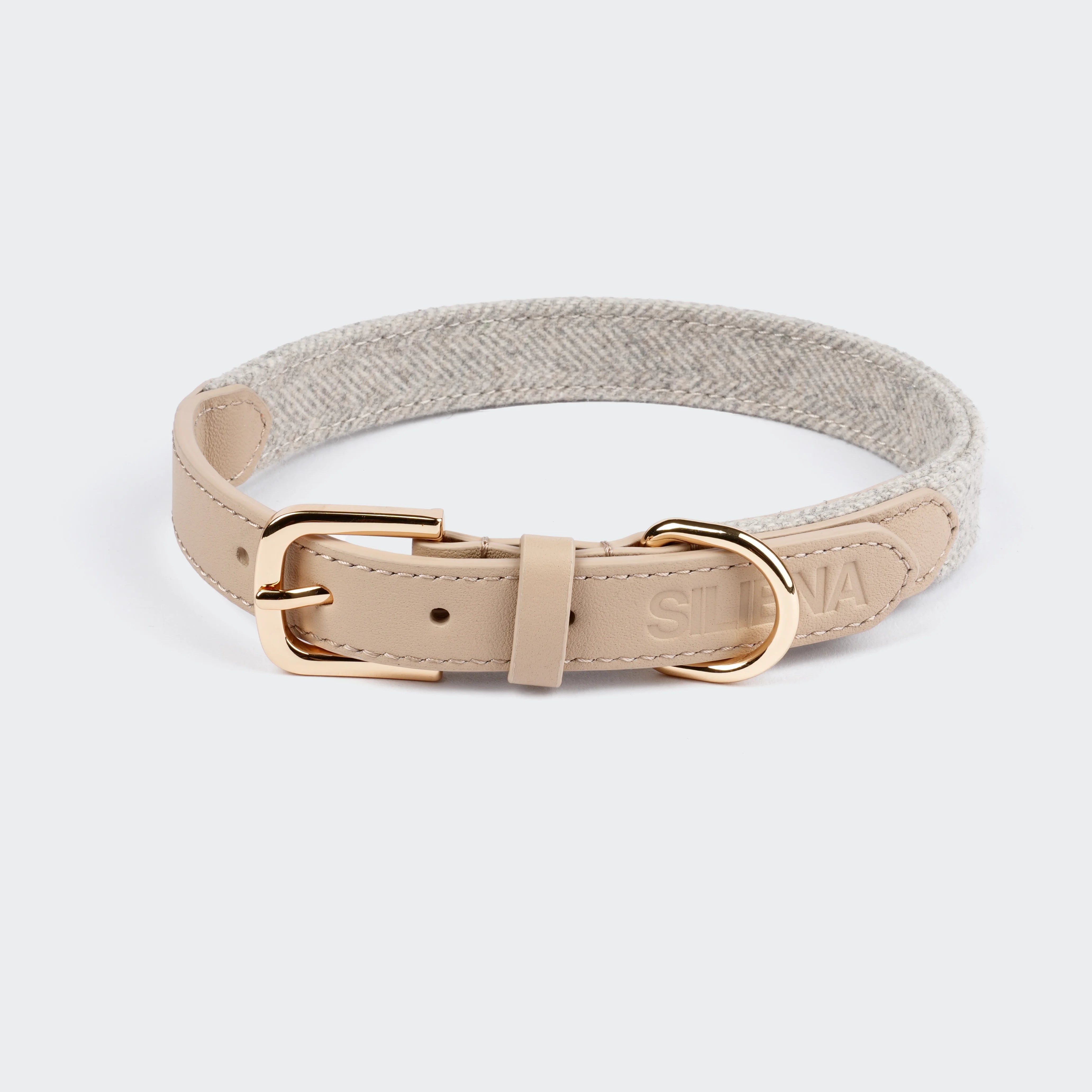
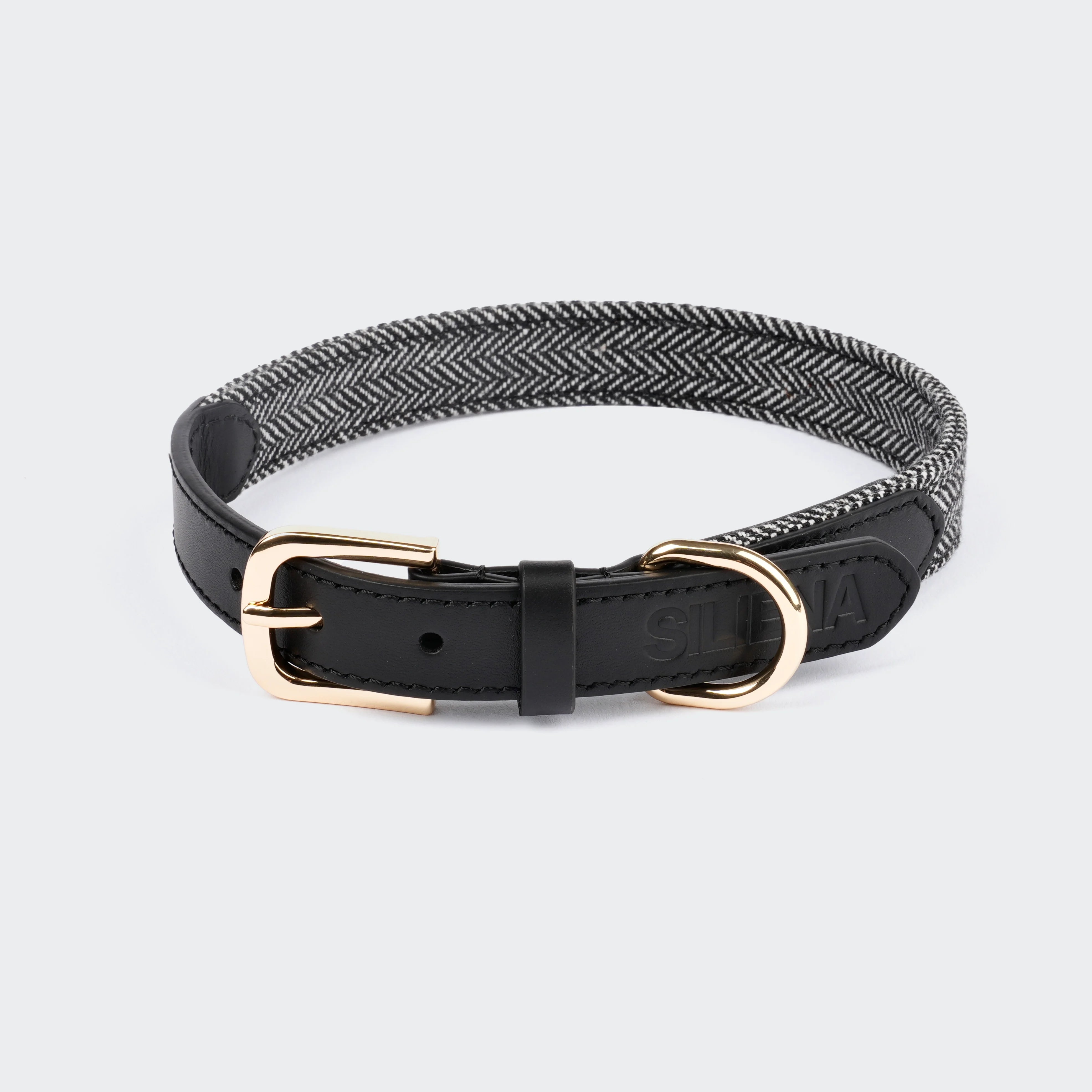
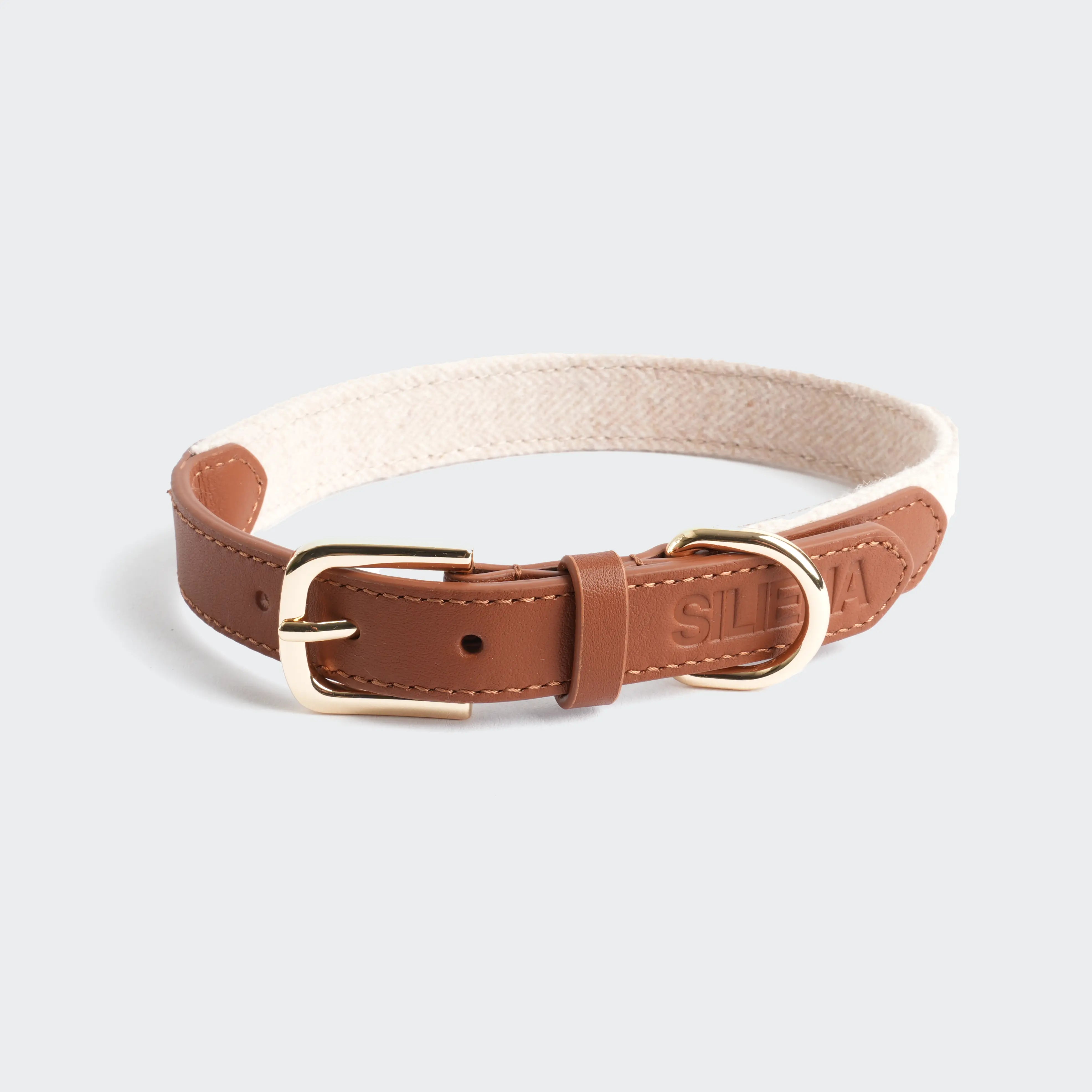
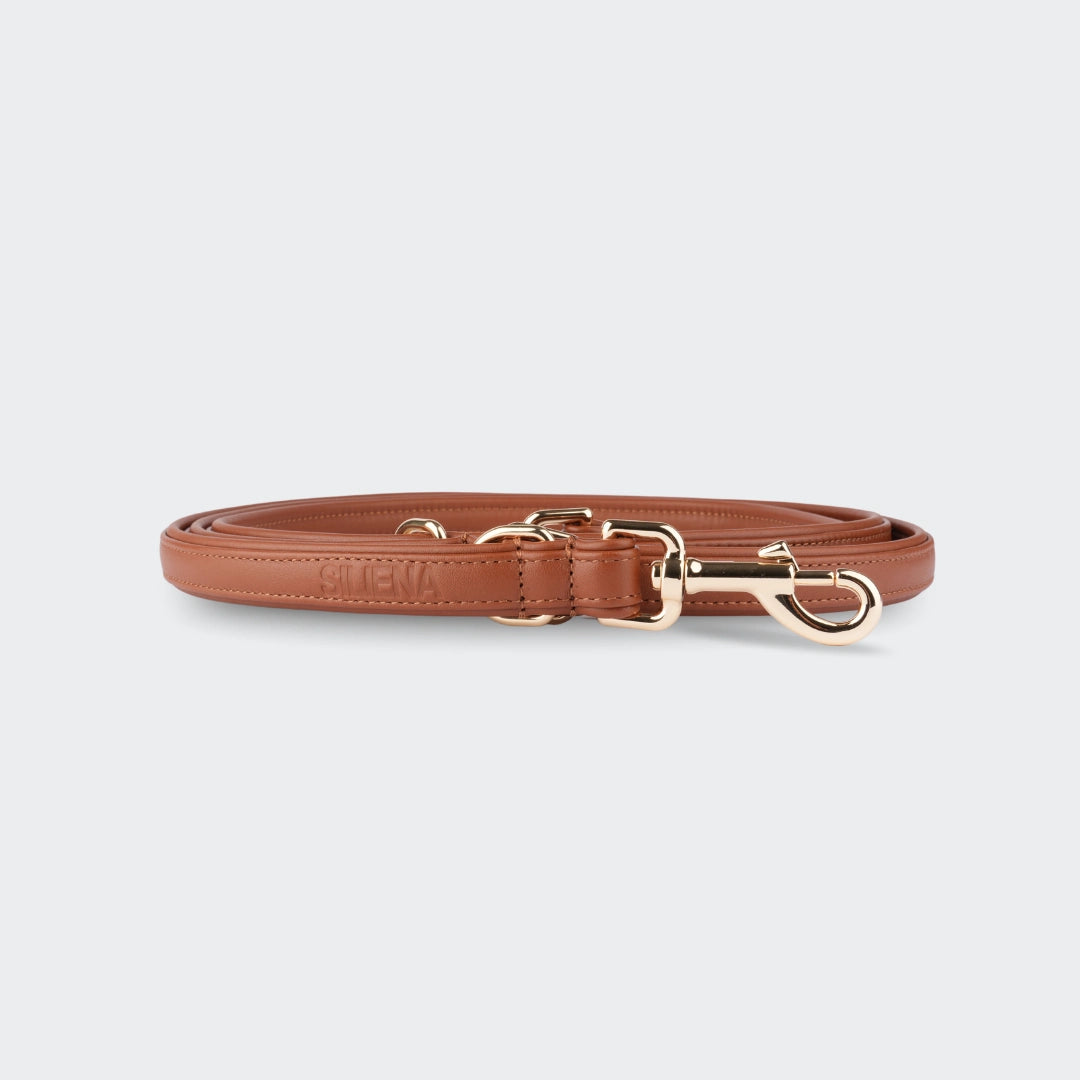
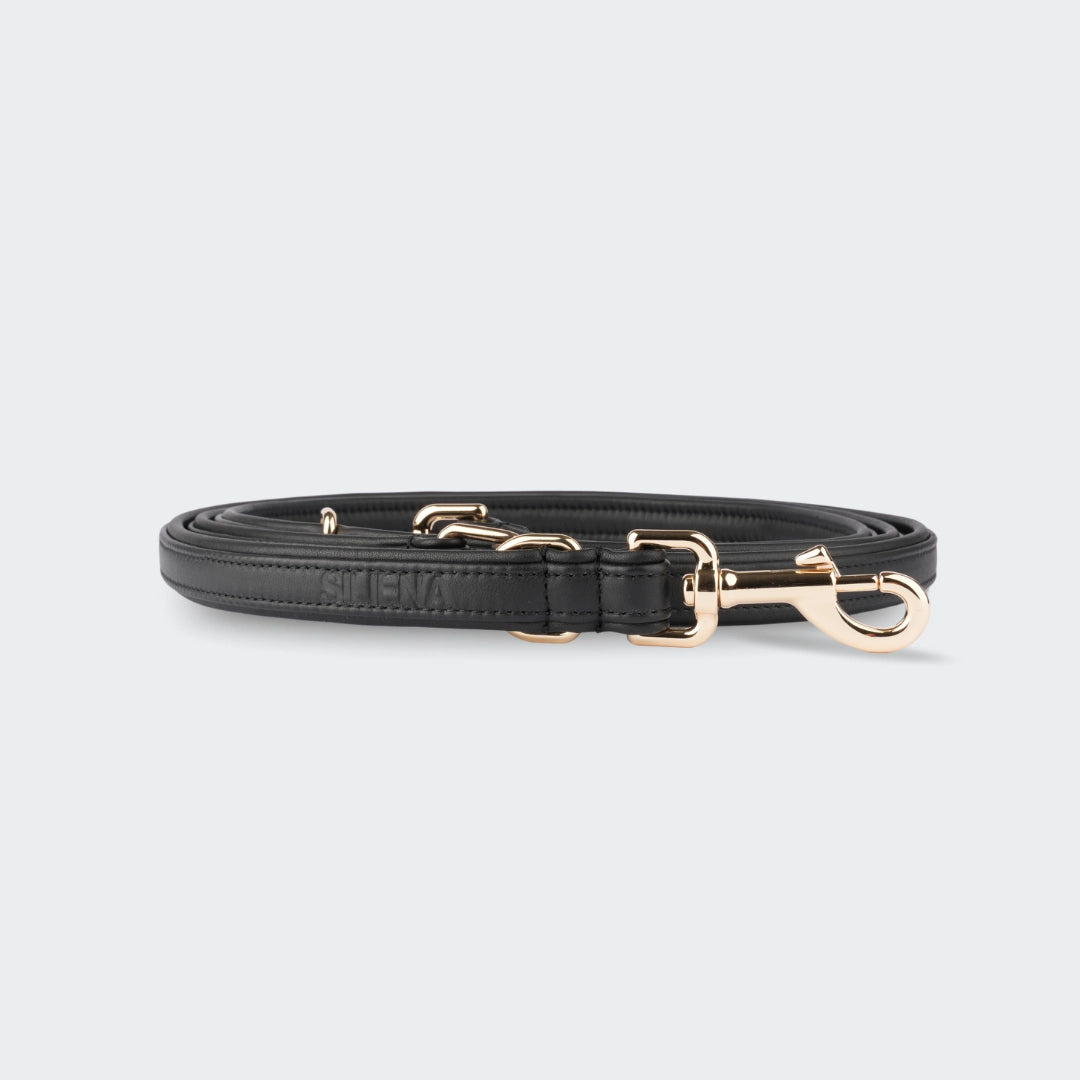
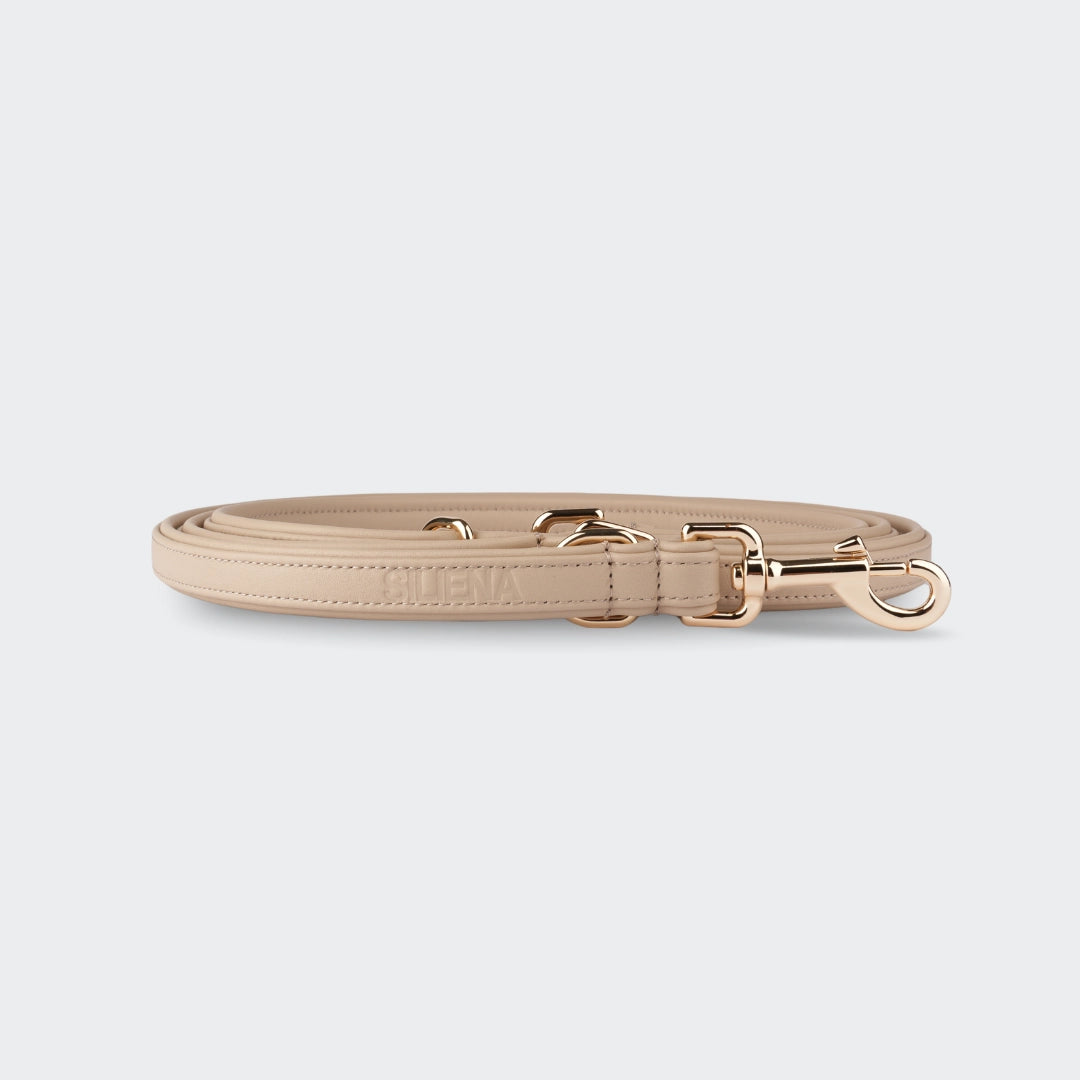
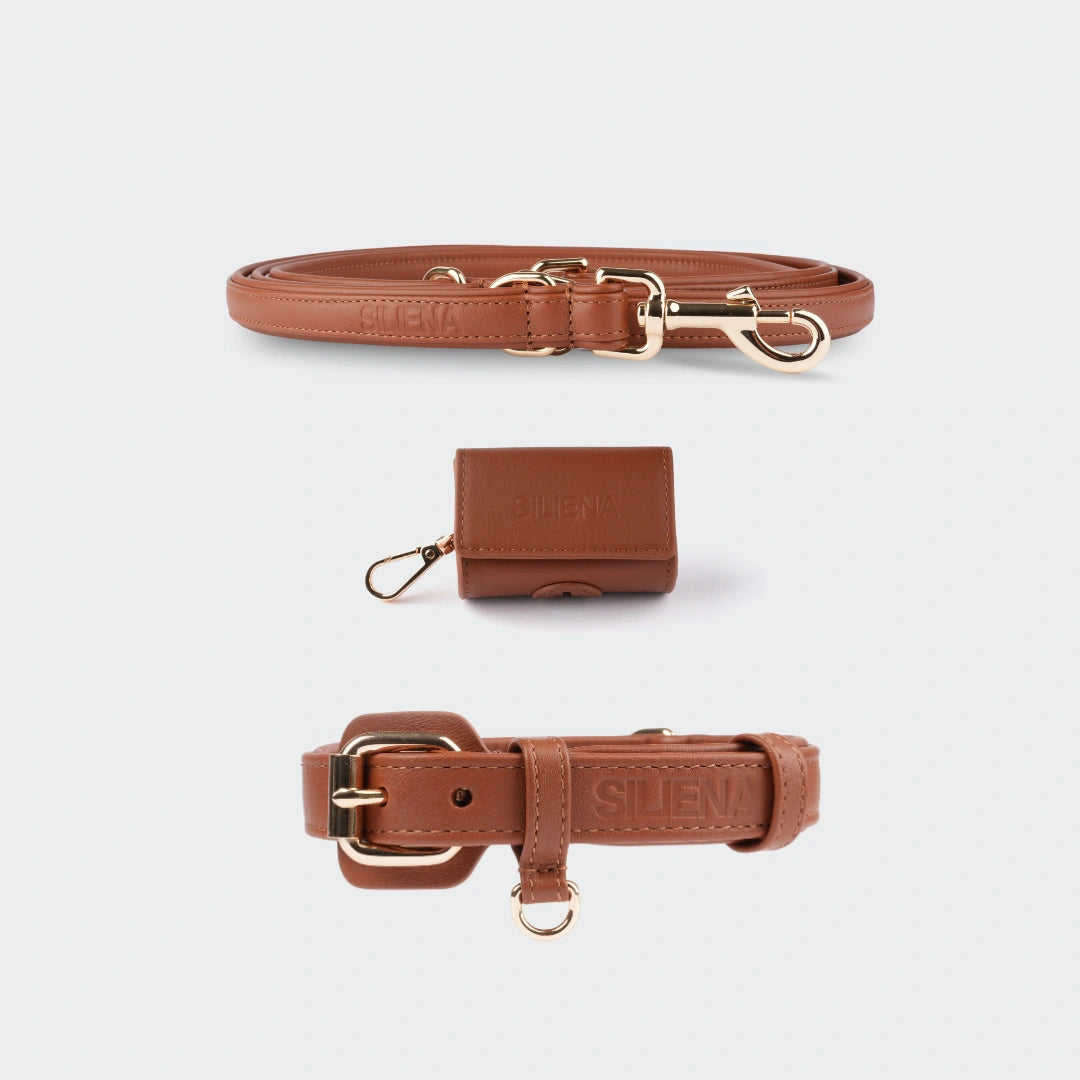

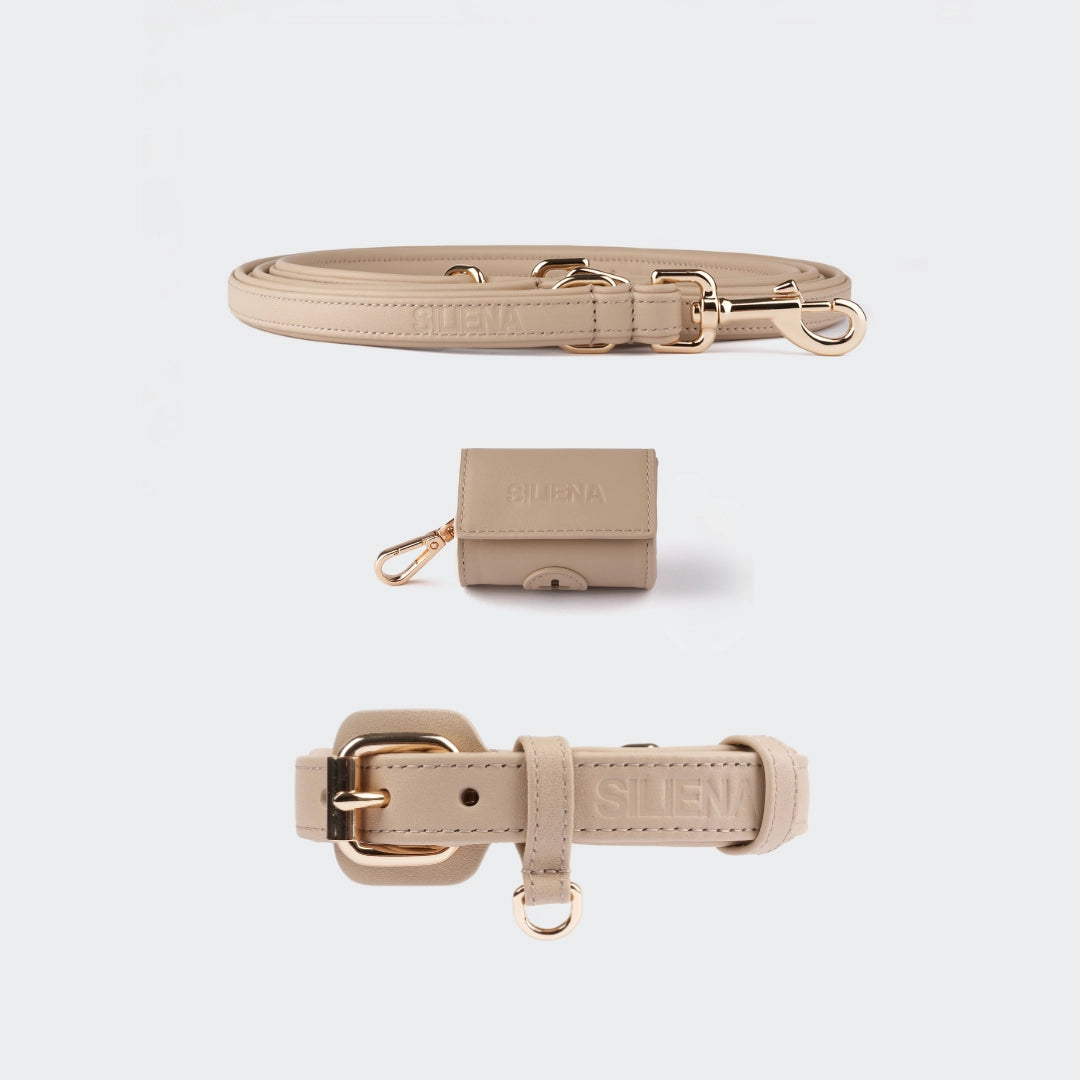
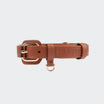

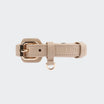

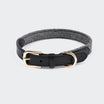

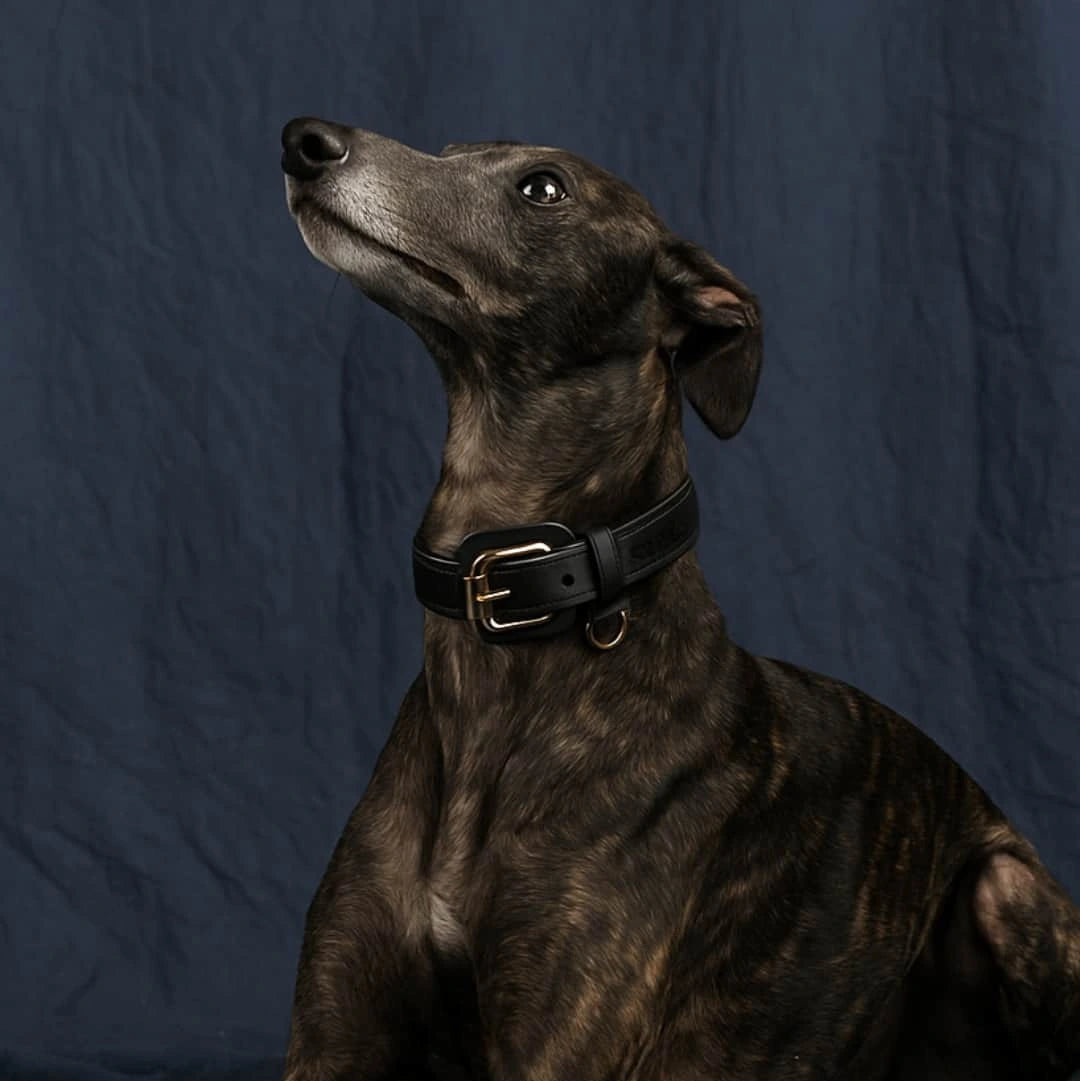
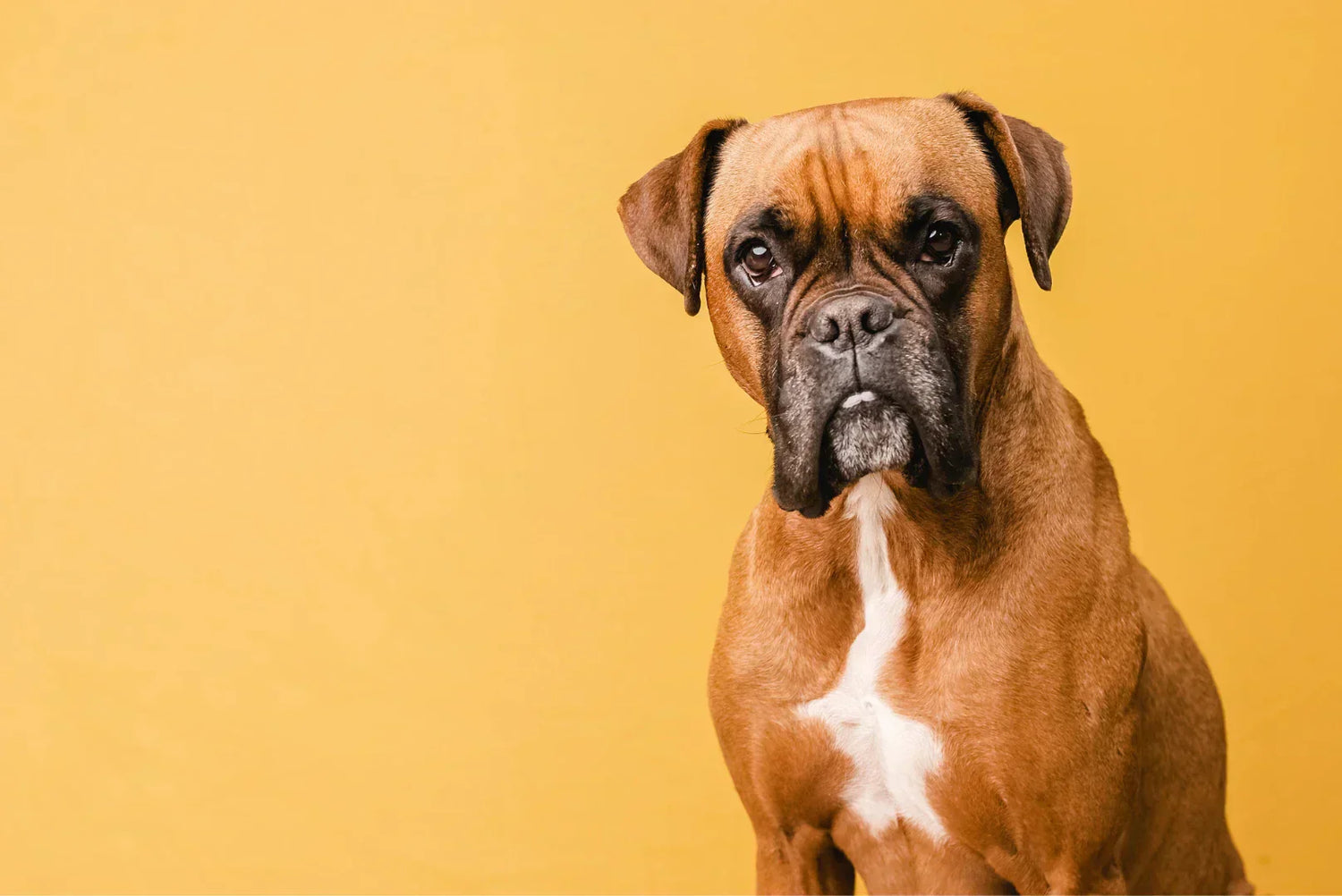



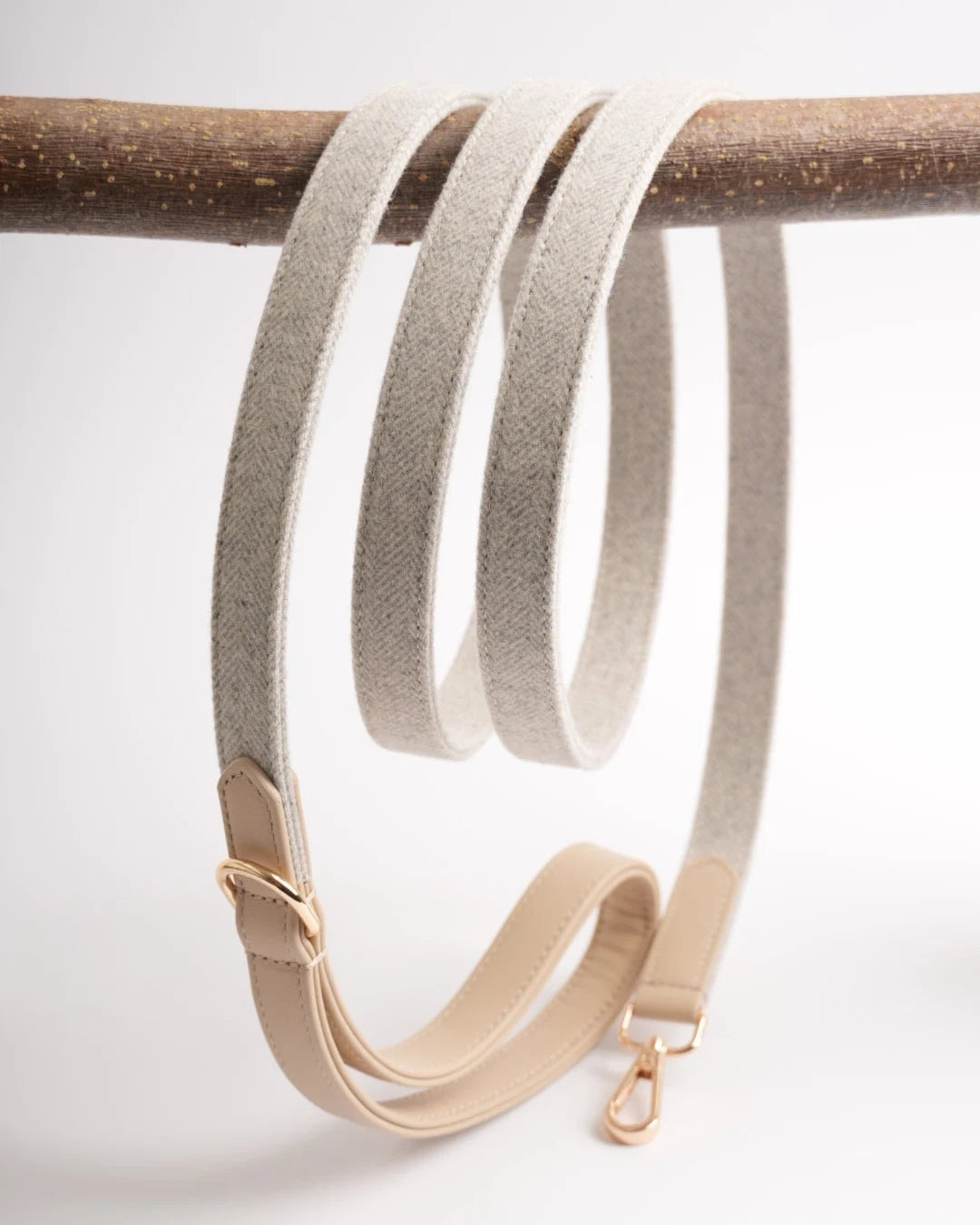

Leave a comment
This site is protected by hCaptcha and the hCaptcha Privacy Policy and Terms of Service apply.